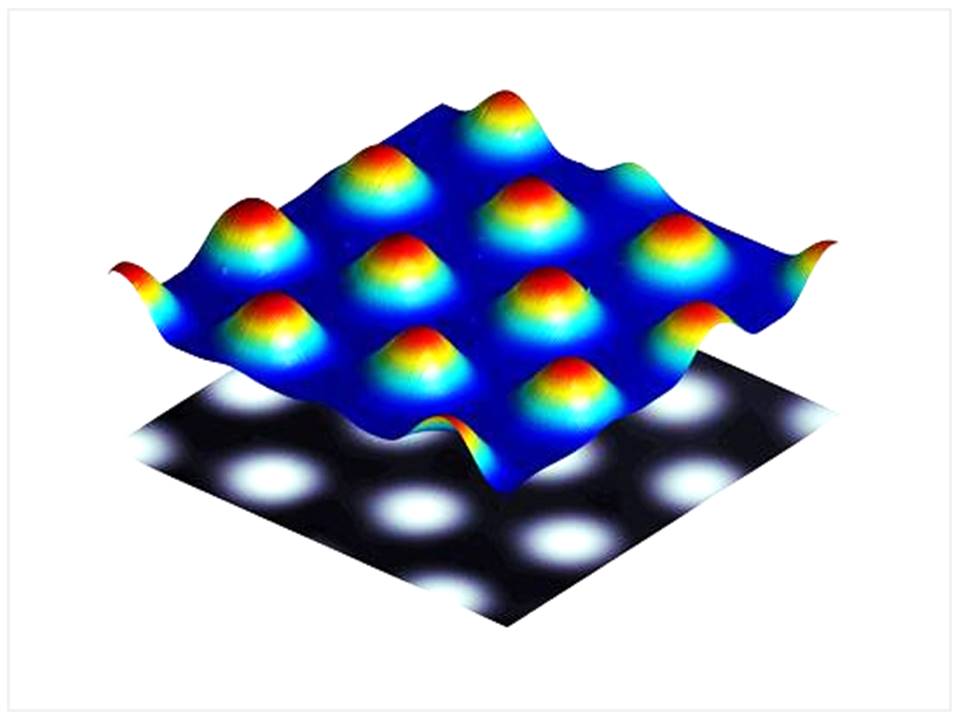Title
Cadmium Oxide (CdO)–DNA/RNA Sandwiched Complex Composite Plasmonic Nanostructure in Cancer Cells under Synchrotron Radiation
Authors
Alireza Heidari*abcd
aFaculty of Chemistry, California South University, 14731 Comet St. Irvine, CA 92604, USA.
bBioSpectroscopy Core Research Laboratory, California South University, 14731 Comet St. Irvine, CA 92604, USA.
cCancer Research Institute (CRI), California South University, 14731 Comet St. Irvine, CA 92604, USA.
dAmerican International Standards Institute, Irvine, CA 3800, USA.
*Corresponding author E-mail address: Scholar.Researcher.Scientist@gmail.com; Alireza.Heidari@calsu.us; Central@aisi-usa.org
Article History
Publication details: Received: 15th June 2021; Revised: 30th July 2021; Accepted: 30th July 2021; Published: 16th August 2021
Cite this article
Heidari A. Cadmium Oxide (CdO)–DNA/RNA Sandwiched Complex Composite Plasmonic Nanostructure in Cancer Cells under Synchrotron Radiation. Nano Prog., 2021, 3(6), 35-47.

Abstract
Triptycene Barrelene Anthracene (TBA) is a polycyclic aromatic hydrocarbon consisting of three benzene rings. The name TBA is a composite of phenyl and TBA. In its pure form, it is found in cigarette smoke and is a known irritant, photosensitizing skin and industrial carcinogenic wastewater. Cadmium Oxide (CdO) is an inorganic compound with the formula CdO. It is one of the main precursors to other cadmium compounds. It crystallizes in a cubic rocksalt lattice like sodium chloride, with octahedral cation and anion centers. It occurs naturally as the rare mineral monteponite. CdO can be found as a colorless amorphous powder or as brown or red crystals. CdO is an n–type semiconductor with a band gap of 2.18 eV (2.31 eV) at room temperature (298 K). DNA/RNA, CdO and DNA/RNA–CdO sandwiched complex were characterized by Attenuated Total Reflection–Fourier Transform–Infrared (ATR–FTIR) spectroscopy, Raman spectroscopy, X–Ray Diffraction (XRD) technique and Energy–Dispersive X–Ray (EDAX) spectroscopy. The modified anti–cancer protective membrane was characterized by Scanning Electron Microscope (SEM), EDAX analysis, 3D–Atomic–Force Microscopy (3D–AFM), Transmission Electron Microscopy (TEM) and contact angle analyses and methods. The current study is aimed to use Polysorbate 80 as surfactant for investigating the effectiveness of permeate TBA on the Polyether Ether Ketone (PEEK) anti–cancer protective membrane and the effect of loading DNA/RNA–CdO sandwiched complex on hydrophilicity and anti–cancer properties. The results showed decreasing surface pore size from 227 to 176 and increasing porosity from 101 to 111 with loading DNA/RNA–CdO sandwiched complex, and the permeate of anti–cancer protective membrane increased from 80 to 220 (L/m2.hr.bar) with loading DNA/RNA–CdO sandwiched complex. In addition, the results of current study showed that by increasing DNA/RNA–CdO sandwiched complex nanohybrides to 0.09 Wt% to polymer matrix contact angle decreased from 84.4 to 23 degree. Moreover, the results of current study showed that by increasing DNA/RNA–CdO sandwiched complex nanohybrides to 0.09 Wt% to hydrophilicity of anti–cancer protective membranes increased. All of the above results mentioned fouling of hybride anti–cancer protective membrane decreased than usual form. Therefore, hybride anti–cancer protective membranes of (DNA/RNA–CdO sandwiched complex) with the help of Polysorbate 80 as surfactant may be considered as a suitable anti–cancer protective membrane for treatment of TBA.
Keywords
Elimination; Cancer Cells; Thin Layers; Cadmium Oxide (CdO); Plasmonic Nanostructure; Synchrotron Radiation; Triptycene Barrelene Anthracene (TBA); DNA/RNA; Polyether Ether Ketone (PEEK); Sandwiched Complex; Composite; Anti–Cancer Protective Membrane